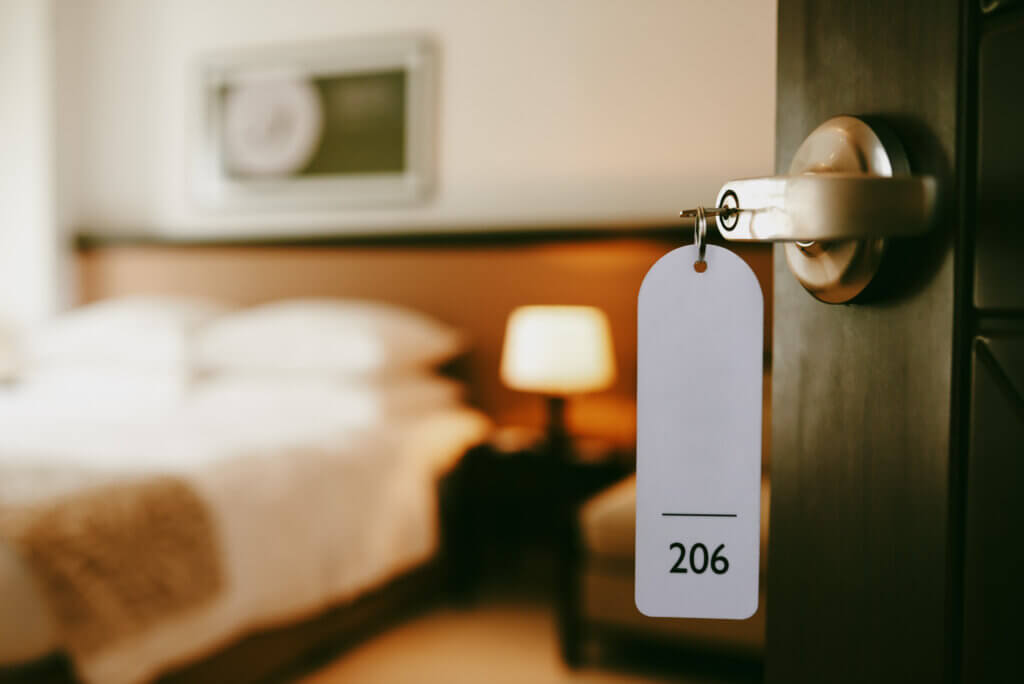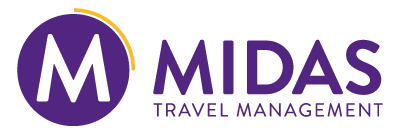Managing a corporate hotel programme is essential for businesses that frequently require employees to travel. With hotel costs in the UK alone having risen by up to 82% since 20191, it is more and more important to ensure you’re getting the best rates.
More broadly, a recent report by the the Global Business Travel Association2 forecasts a record-breaking $1.48 trillion in business travel spending by the end of 2024, with a projection to surpass $2 trillion by 2028. This is indicative of a return to 2019 spending for finance, insurance and consultancy industries. And hotels will form a significant part of that spend.
So, ensuring your hotel programme is delivering value is key to maximising return on investment, optimising travel budgets and delivering employee satisfaction. Measuring this value involves a comprehensive analysis of several factors that contribute to both cost savings and overall travel experience. Here’s our guide on how to effectively measure value in your corporate hotel programme.
1. Cost savings and rate analysis
Negotiated rates versus market rates
One of the primary indicators of value in a corporate hotel programme is the cost savings achieved through negotiated rates. Compare the rates your company has negotiated with hotels against standard market rates. The difference represents direct savings.
Total hotel programme spend
Track the total amount spent on hotel accommodation over a period. Analysing spending patterns can help identify opportunities for further negotiations and cost-saving initiatives.
Savings from loyalty programmes
Evaluate the savings gained from hotel loyalty programmes. Points accumulated from frequent stays can be redeemed for free nights, upgrades, or other benefits, providing additional value.
2. Traveller satisfaction
Employee feedback
Gather feedback from employees regarding their hotel experiences. Satisfaction surveys can provide insights into the quality of accommodations, service levels, and amenities. High satisfaction rates can translate into better productivity and morale during business trips.
Hotel compliance
Assess the adherence to preferred hotels by employees. High compliance rates indicate that the selected hotels meet travellers’ needs, which can enhance satisfaction and ensure cost-effective use of negotiated rates.
3. Policy compliance & booking behaviour
Booking patterns
Analyse booking patterns to understand how closely employees follow the corporate travel policy. Look for trends such as last-minute bookings, which can increase costs, and address any non-compliant behaviour.
Preferred hotel usage
Monitor the percentage of bookings made at preferred hotels versus non-preferred hotels. Higher usage of preferred hotels signifies effective implementation of the hotel programme and better control over expenses.
4. Ancillary spend
Additional expenses
Evaluate ancillary spending, such as room service, laundry, and parking. These expenses can significantly impact the total cost of a stay. Encouraging employees to be mindful of these costs can contribute to overall savings.
Amenity utilisation
Assess the usage of included amenities like breakfast, Wi-Fi, and gym facilities. Ensuring that employees are aware of and utilise these amenities can reduce additional out-of-pocket expenses.

5. Strategic partnerships and long-term benefits
Relationship with Hotel Chains
Consider the strategic value of long-term partnerships with hotel chains. Such relationships can lead to better-negotiated rates, customised services for employees, and improved contract terms over time.
Contract performance
Regularly review hotel contract performance against agreed-upon service levels and rates. Ensure that hotels are delivering on their promises and providing the expected value.
6. Data and reporting
Utilisation of travel management tools
Leverage travel management tools and reporting systems to track and analyse data. Comprehensive reports on travel spend, booking behaviours, and compliance can provide actionable insights to optimise the hotel programme.
Key Performance Indicators (KPIs)
Establish and monitor KPIs specific to your corporate hotel programme. Common KPIs include cost per room night, average savings per booking, traveller satisfaction scores, and policy compliance rates. Regularly reviewing these KPIs helps in making informed decisions and demonstrating the programme’s value.
7. Benchmarking your hotel programme
Industry comparisons
Compare your hotel programme’s performance against industry benchmarks. This comparison can highlight areas where your programme excels or where there is room for improvement, providing a clearer picture of your programme’s overall value.
Continuous improvement
Implement a process for continuous improvement based on feedback, data analysis, and industry trends. Regularly updating your hotel programme ensures that it remains competitive and continues to deliver value.
Conclusion
Measuring value in a corporate hotel programme is an ongoing process that requires attention to various factors, from cost savings and traveller satisfaction to policy compliance and strategic partnerships. By systematically evaluating these aspects, businesses can ensure they are getting the best return on their investment and providing employees with high-quality travel experiences.
A well-managed corporate hotel programme not only controls costs but also enhances productivity and satisfaction, contributing to the overall success of the organisation.
MIDAS Travel works closely with our clients to build corporate hotel programmes that align with business objectives. We use data and reporting tools to analyse and monitor progress. And, our Account Manager hosts regular reviews to discuss findings and opportunities for improvement. If you want help with your corporate hotel programme, then please get in touch.
USEFUL LINKS
- Serviced apartments: 8 reasons business travellers love them – MIDAS Travel Blog
- Transform your business travel programme with consultancy – MIDAS Travel Website
Footnotes
- UK Hotel room prices have risen by up to 82% since 2019 – iNews ↩︎
- GBTA Convention 2024 Delivers Record Forecast Outlook – GBTA ↩︎

